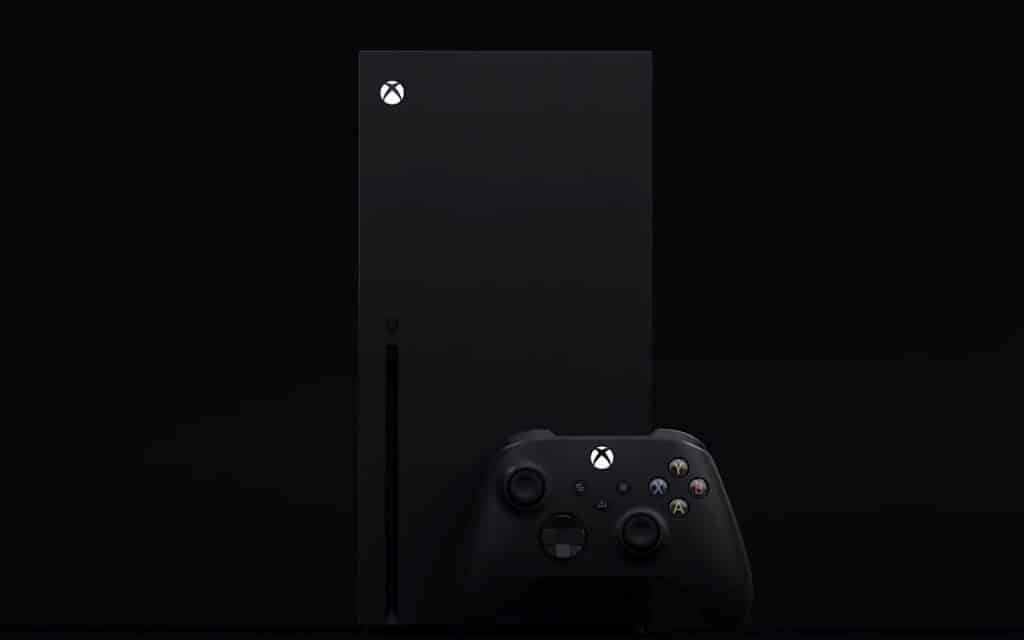The next Xbox is coming, and it’s coming packing power, as Microsoft reveals a little more about what you can expect this year.
Video games aren’t quite what they used to be, and tend to look a fair different now from what they did in the past decade, and even the decade before that, with part of that going to the power of the consoles and the long term resilience manufacturers throw in.
While game developers tend to push what video game console hardware can do, the manufacturers of the consoles help set the limits by delivering the technology in the first place, building a system that can push the limits of what we expect from a console. It’s a similar approach to how phones and tablets continue to get better, but with a video game console, it’s a more drawn out approach, because a console typically stays in the market for much, much longer.
Case in point, the current generation of video game consoles have been out for a good seen years or so. Even though they’ve seen different iterations and changes over the years, the crux of what makes an Xbox One or a PlayStation 4 is still the same, and if you bought one when they were released, it will still run the games released today the way it should. Newer models may be a little slimmer or made for 4K Ultra HD TVs, but the technology was built to deliver graphics and power over a long period of time, making them built to last.
This long drawn out approach to console hardware is a little different to PC design, because while computers can last a long time, they’re typically replaced earlier.
But a console is built to last years, and this is helped by the amount of power manufacturers throw into a console, building it to last not just two or three years, but closer to a decade.
With only a few years until we reach a decade of the Xbox One, this week Microsoft has talked up a little of what we can expect from the next Xbox, the Xbox Series X, as the company attempts to push the envelope even more.
The company is talking up what it claims is “a superior balance of power and speed”, with a crazy 12 teraflops of processing power, a measurement that tells you how fast a computer chip is by measuring how many floating-point operations per second it can make (FLOating-point Operations per Second).
To put that into perspective, the Xbox One S could handle around 1.4 teraflops, while the more powerful Xbox One X pushed the needle to 6 teraflops. At 12 teraflops, the Xbox Series X looks to be twice as powerful thanks to a new graphics architecture from AMD, with other improvements to the graphics as well.
That means you can expect the next Xbox to be more impressive in the visuals department, and even in the speed, thanks to the console using solid-state storage over a conventional hard drive, plus a “quick resume” feature to let games continue more efficiently.
Old school gamers will appreciate backwards compatibility, with support for the original Xbox, Xbox 360, and Xbox One games, as well as Xbox One gaming accessories, too. We don’t think anyone is using their Kinect anymore, but if Microsoft is keeping Xbox accessory support on-board, it’s possible you can keep playing the few Kinect games in your arsenal.
And that’s apparently just the start, with more details set to be unveiled in the coming months for what will likely be one of Microsoft’s biggest hardware launches this year.
“Xbox Series X is our fastest, most powerful console ever, designed for a console generation that has you at its centre,” wrote Phil Spencer, Head of Xbox.
“This means a high-fidelity gaming experience enclosed in a quiet and bold design, with the ability to discover thousands of games across four generations, all with more playing and less waiting.”
With release likely near the end of the year in time for the holiday season and E3 in June, we suspect we’ll know a little more about this upcoming console in the next few months.







